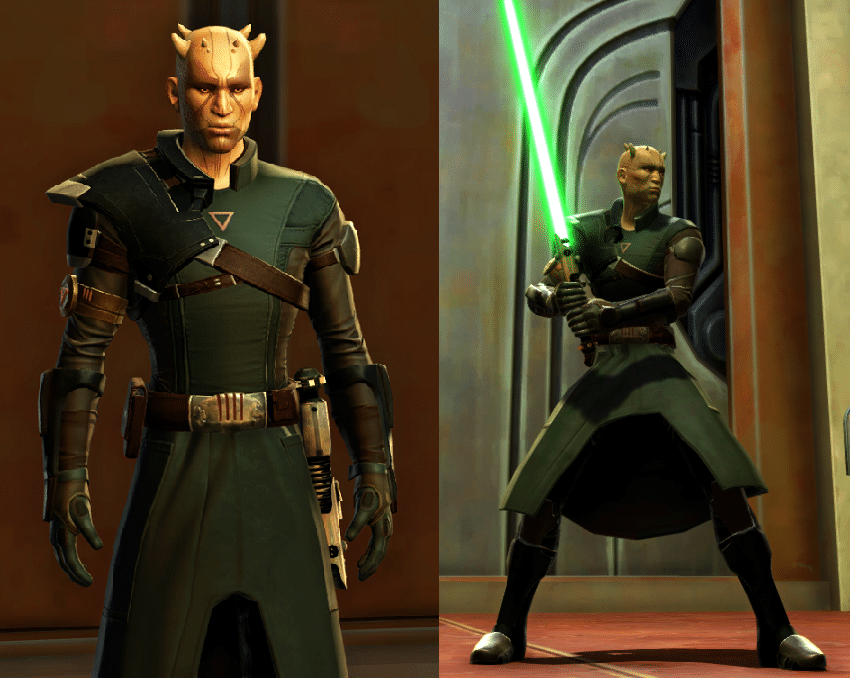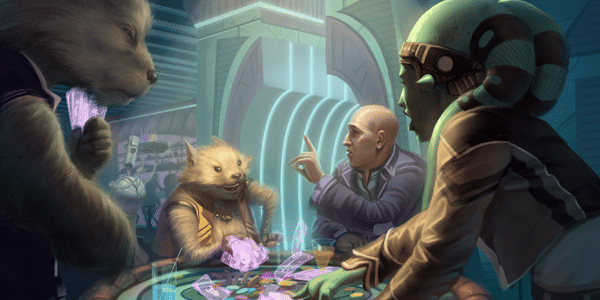The ambitious Star Wars TV show “Andor” had been the talk of the town. The Disney+ series, under the watchful eye of its creator and showrunner, Tony Gilroy, had commanded an astronomical budget. The production cost was reported to be a whopping $250 million, breaking down to around $20 million per episode for the 12-episode first season. However, the details were still murky on whether the colossal sum was allocated for the first season alone, or for both.
Gilroy, with a hint of relief in his voice, mentioned that his team “got lucky.” The green light for the show came during what many referred to as the “gold rush” of TV deals, a time when big corporations, including Disney, were willing to invest heavily in content creation. It was a risky endeavor, considering the show’s high costs. “A lot of people now have cold feet, and you can’t do this show inexpensively,” Gilroy remarked. He confessed that making the show felt like a wild ride, sometimes even questioning if they were going too far. Yet, despite the doubts, there were no focus groups or test audiences to gauge potential reaction. “We were making this huge, obscure thing and we knew it was crazy,” he said. The positive reception was a huge relief for the team, and now, all they hoped for was to stick the landing and go out strong.
Andor” was set to return for a second and final season, scheduled for release in August 2024. However, this timeline was subject to change as production was halting due to a writers’ strike. As a prequel to the movie “Rogue One,” which was also written by Gilroy, the second season of “Andor” planned to usher in the events leading up to where “Rogue One” began. The cast, led by Diego Luna as the main character Cassian Andor, also featured the talents of Kyle Soller, Stellan Skarsgard, Genevieve O’Reilly, and Anton Lesser.
While fans eagerly awaited the return of “Andor,” other Star Wars series were on the horizon to satiate their intergalactic appetites. The much-anticipated Star Wars TV show “Ahsoka” was set to debut on Disney Plus this August, while another show, “The Acolyte,” was slated for release at a later date.
The saga of “Andor” was not just a story of a TV show; it was a testament to the enormous leaps the television industry had taken, becoming a platform where stories could be told with the same grandeur and scale as cinema. This was a time where the lines between TV and movie productions were becoming increasingly blurred, with TV series like “Andor” leading the charge into this new era of high-budget, high-quality episodic storytelling.





